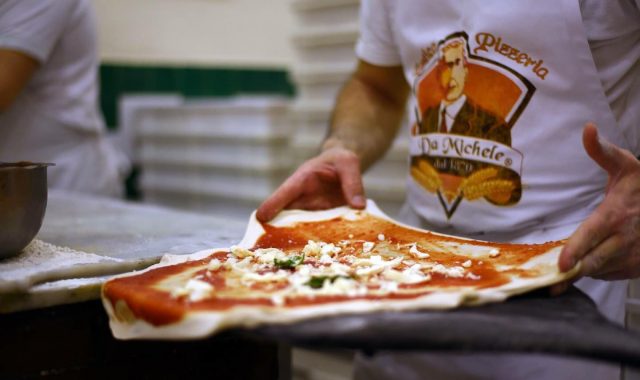No More Great Vintages?
I am now almost 60 and for over 30 years have been involved with wine. I can remember how the weather was for many harvests, starting at least from 1978 and have heard first hand about the ones of the early 1970s. Back then the versaison of the grapes would often take place in mid-August and the picking would begin towards the end of September, for grapes like Sangiovese, but even much later for Nebbiolo and Aglianico. In 1995 the harvest extended into early November for many of the late-maturing red grapes, and there was even some snow on the vines in the Alpine foothills. The great vintages came from harvests like that, late, sunny and above all between September and October. There would be dry spells in the summer in central and southern Italy, a week with temperatures between 32° and 35° between July and August, but nothing extreme. Having a Barolo or a Brunello with an alcoholic content of 14% was the exception, as in 1985. But in 'normal' years it would be 13% and 13.5%. Since 1997 climate change, global warming has been having an evident effect on viticulture. Hot, almost tropical summers have become more frequent: 2000, 2003, 2006, 2007, part of 2009, 2011 and 2012. What this means is that more than half of the last 13 harvests took place ahead of time, after hot and dry summers, producing wines with a higher alcoholic content than usual. Some of these produced interesting results and often were very good, like those from 2006. But for sure the general characteristics of the wine in many cases has changed and areas that were previous deemed inferior for growing grapes, because of the problem they had in reaching maturity, have today been re-evaluated. The same way that vineyards that in the past were among the most prestigious now run the risk of producing grapes that get over-ripe too easily. What this means is that if one wants to continue to produce balanced wines they are going to have to adapt to these changes. This includes allowing emergency irrigation under specific circumstances, while some winemaking techniques will also need to be modified, machinery may need to be changed and pruning will need to be done in accordance with the new reality. All this in order to avoid producing wines that are too alcoholic, have too little acidity and aggressive tannins. At the same time, new prospects are open for areas that up until now have been considered not adapt for growing quality wine grapes. Some emblematic international examples include England and even Norway, while here in Italy the new frontiers could be in the areas of Casentino, Alta Langhe, Val di Cembra, just to name a few. Grapes are already grown here in these places but not to the extent they could be in the not-too-distant future.
And the great vintages? Here again we are going to need to change our views. 2010 was considered to be an excellent vintage in Italy as well as in France, especially in Burgundy. The harvest was cool enough and certainly it was not as dry as in 2012. the wines were balanced and will probably have a long life. In 2011there was a lot of sun and harvests were early in many places, producing wines that were nice right away but that may not age well. Keep in mind that this is of course all a generalization. Still there is a lot of food for thought. In his recent article on Burgundy wines, Dario Cappelloni argued that 2010 was a better vintage than 2009, a great classic year, perhaps less typical for the area, that many defined a great vintage because of the intensity and the richness of many wines. But what will they be like in ten years? Most likely many 2009 wines will have peaked while almost all the 2010 will begin to have their revenge. At that point how will we decide which one was the truly great vintage.

 Italiano
Italiano







